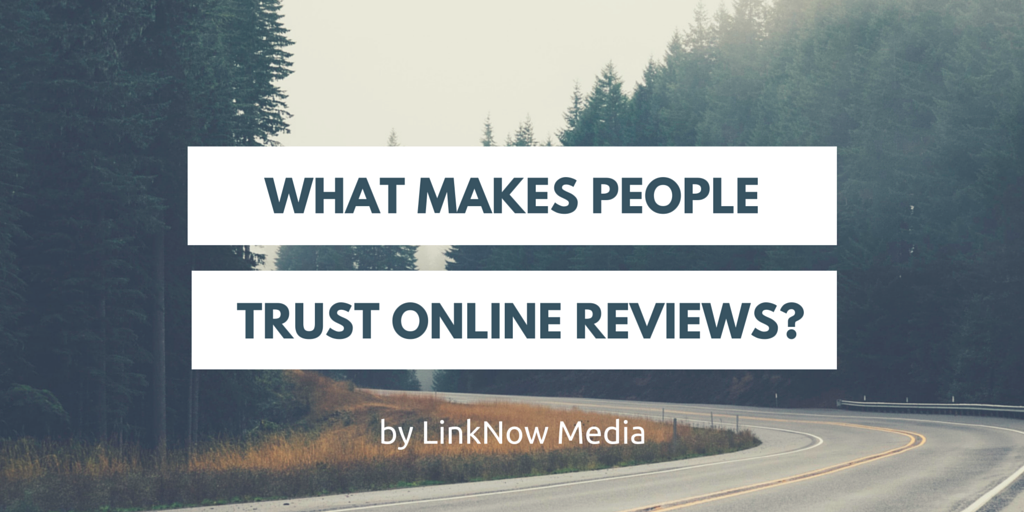 There’s no shortage of people on the internet sharing advice on the best and worst ways to respond to negative feedback. A lot of it seems like common-sense: be kind, be prompt, offer an apology. Still, as much as fighting fire with fire seems like an obvious no-no, keeping cool can be difficult when faced with harsh criticism. Hearing nasty words about your company isn’t easy, especially when a lot of people can see it, so your gut reaction may be to go on the defense. You can brush up all you want on the do’s and don’ts, but it doesn’t change the fact that negative Tweets can often leave you at a loss for words. Likewise, even words of praise can prove difficult. How do you show your customer’s your appreciation in a way that is personable? Sometimes, it helps to take a hint from the pros.
There’s no shortage of people on the internet sharing advice on the best and worst ways to respond to negative feedback. A lot of it seems like common-sense: be kind, be prompt, offer an apology. Still, as much as fighting fire with fire seems like an obvious no-no, keeping cool can be difficult when faced with harsh criticism. Hearing nasty words about your company isn’t easy, especially when a lot of people can see it, so your gut reaction may be to go on the defense. You can brush up all you want on the do’s and don’ts, but it doesn’t change the fact that negative Tweets can often leave you at a loss for words. Likewise, even words of praise can prove difficult. How do you show your customer’s your appreciation in a way that is personable? Sometimes, it helps to take a hint from the pros.
Quick Response Times and Problem Solvers
Airlines probably get the most abuse in terms of customer reviews. Think about it, one thing goes wrong and it’s the end of the world. Travelers are often overtired, jet lagged and in a hurry to get home or begin their trip. No one writes a scathing review like an unsatisfied vacationer who has a delayed flight or missing baggage. Jet Blue usually responds to online comments within an hour. Their Twitter feed is impressive! People experiencing flight concerns, luggage hassles, Wi-Fi or boarding issues are less likely to post a negative review if they receive speedy social media replies. Sometimes a negative comment will be retracted and replaced with a positive one. As long as you show your support and demonstrate that your company is working its hardest to deliver the best services available everything will be just fine! Just use Jet Blue as your guiding Twitter source.
Always empathetic, Jet Blue demonstrates their ability to empathize with unhappy customers. In this instance, it took them 30 minutes to resolve an issue during a flight.
The Client is Always Right
A client is always right, even when they’re not. Customer satisfaction means knowing that whatever the circumstance, the client is top priority. No matter how upset, angry or insulting their feedback is; always respond professionally and empathetically. The professionalism will reflect positively on your brand and makes it easier for people to voice their opinion.
Personalized Responses
Just apologizing and directing an unsatisfied client to a helpline or saying a generic thanks to a raving review is not enough. Show your customers that what they say matters and make your replies personal. What are you more likely to respond to; a massive text for a party or a friend’s personal invite? Exactly. You want to directly tag people, use personalized well written responses, and refrain from all things mechanical, generic and impersonal. When you actively engage with online followers, you’ll gain more visibility and improve ratings. Zipcar is known for their positive responses to clients who are either frustrated or satisfied with services.
Have Some Fun!
Unsure on how to respond to sarcastic twitter remarks and followers poking fun at your company? First step is to not take yourselves too seriously and maybe even poke back, in a friendly sassy way! Not only will humor detract from a rude or sarcastic comment, it’ll showcase your company as a brand that knows how to have fun and can take a joke. Old Spice is known for their provocative and funny Twitter feed. They respond to ridiculous posts on a regular basis and in return end up creating a lot more visibility for themselves.
Closing
So what do you do when a disgruntled customer writes a horrible evaluation online for everyone to see? Feeling offended by a biting review is normal, but the most important thing to do is to sit back, and think to yourself; am I reacting or responding? What message am I sending out and how will this reflect on the company? If I were a distraught client, how would I want customer service to respond and what would make me feel better? Treat others the way you would like to be treated, and you’ll be more than fine!









